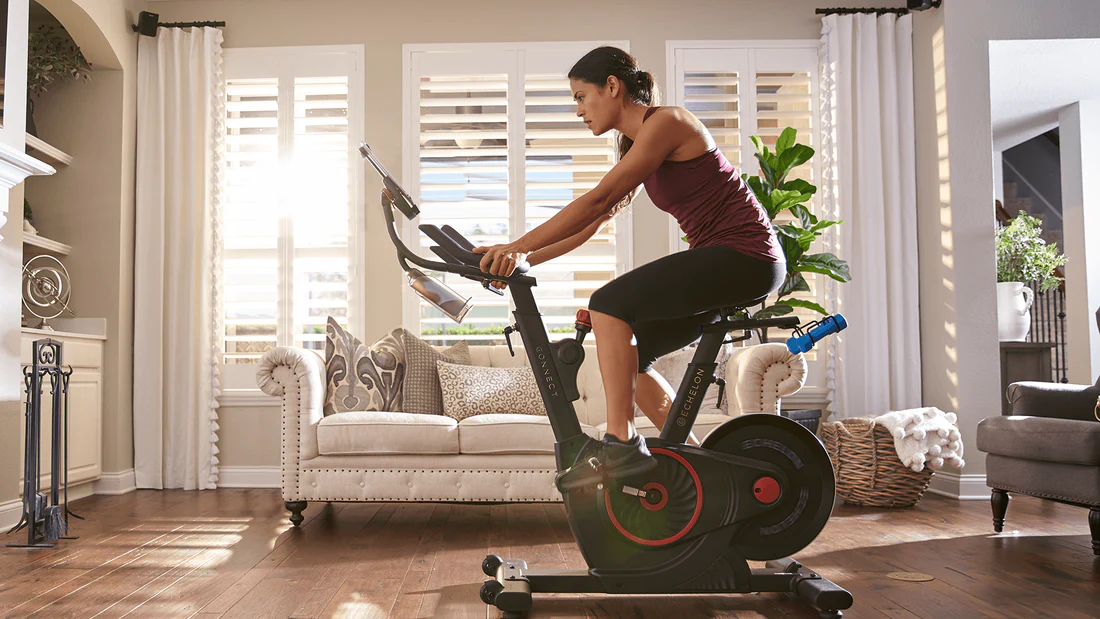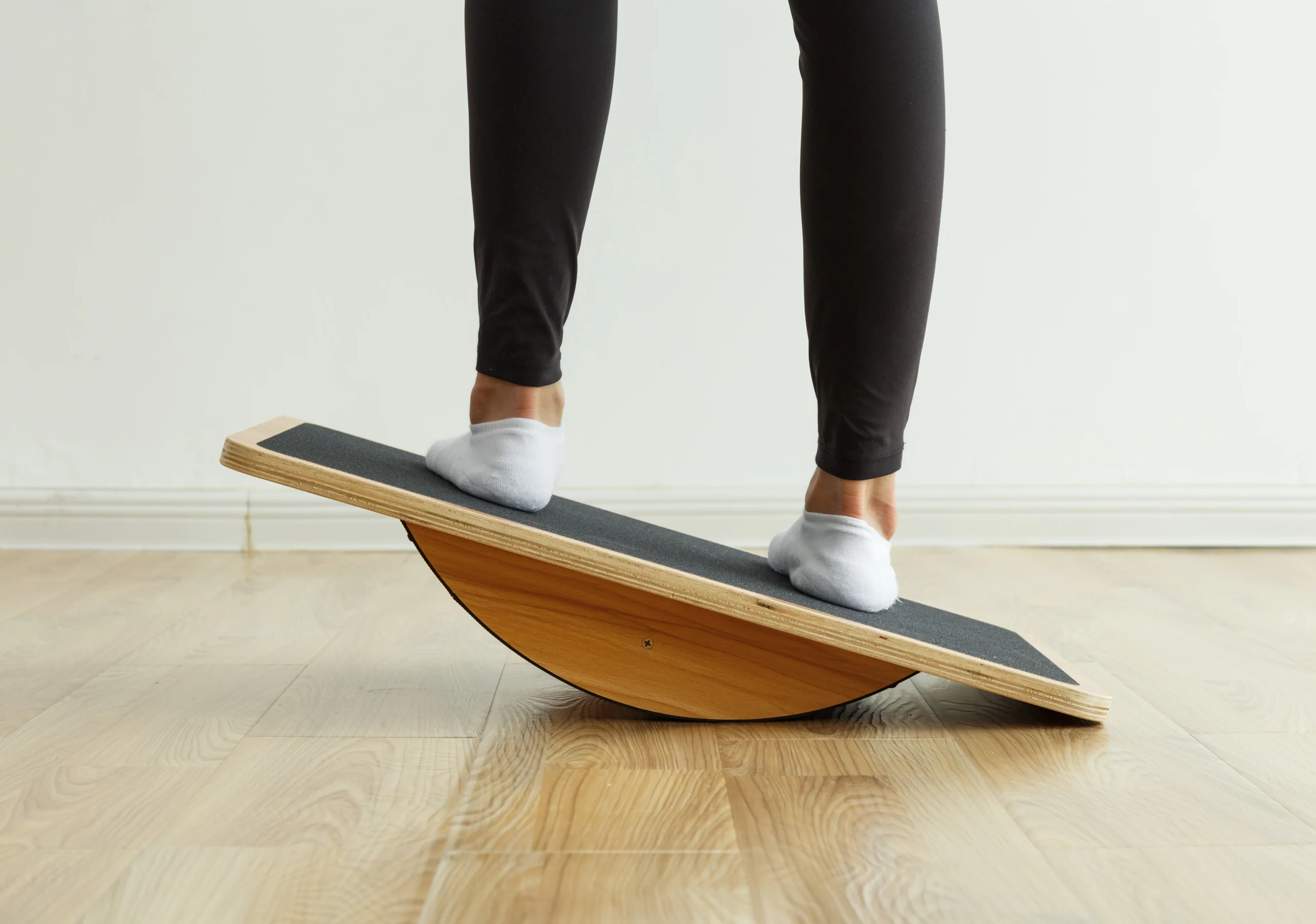johnbowe.info – Cardiovascular exercise plays a critical role in maintaining a healthy lifestyle. Among the numerous cardio workouts available, stair climbing has emerged as one of the most efficient and effective exercises for improving heart health, boosting stamina, and burning calories. Whether you’re using a stair climber machine at the gym or climbing real stairs outdoors, this full-body workout targets your legs, core, and cardiovascular system in a way few other exercises can match. In this ultimate guide, we’ll explore how to maximize the benefits of stair climbing, from the different types of stair climbers to proper techniques, safety tips, and workout routines.
Understanding the Benefits of Stair Climbers
1.1 Full-Body Workout
Stair climbing is a functional, low-impact workout that engages multiple muscle groups simultaneously. While it primarily targets the lower body, including the quadriceps, hamstrings, glutes, and calves, it also provides a workout for your core and upper body. As you climb, your core has to engage to stabilize your body, and your arms can be used to pump and increase the intensity of the workout.
1.2 Cardiovascular Health
Stair climbing is an excellent cardiovascular workout, offering all the heart-pumping benefits of running or cycling but with less strain on your joints. The constant motion of climbing steps increases your heart rate, enhancing cardiovascular fitness and improving the efficiency of your heart and lungs. Research has shown that just 10 minutes of stair climbing can provide similar benefits to a brisk walk or jog.
1.3 Weight Loss and Fat Burning
Stair climbing is one of the most effective exercises for burning calories and fat. The intensity of the workout, combined with the use of multiple large muscle groups, makes it an ideal exercise for weight loss. In fact, stair climbing can burn up to 500 calories per hour, depending on your speed and intensity. By incorporating this exercise into your routine, you can efficiently shed excess body fat and boost metabolism.
1.4 Lower Body Strength and Endurance
Climbing stairs helps to strengthen the lower body muscles, especially the glutes, quads, hamstrings, and calves. By regularly using a stair climber or climbing real stairs, you’ll build muscle endurance, improve overall strength, and enhance muscle tone. This is especially beneficial for improving functional fitness, which can enhance your performance in other sports or physical activities.
Types of Stair Climbers
2.1 Stair Climber Machines
Stair climber machines are a staple at most gyms. They simulate the motion of climbing stairs but allow you to control the intensity. There are different types of stair climber machines, including:
- Stairmaster (Stepper Machines): These machines have a rotating set of steps, creating a continuous climbing motion. You can adjust the speed and resistance to control the intensity of your workout.
- Vertical Climbers: Vertical climbers mimic the action of climbing a ladder, offering a more intense workout that also engages the arms and core.
- Treadmills with Stair Climbing Programs: Some treadmills come with stair-climbing programs, which involve increasing the incline to simulate stair climbing.
2.2 Outdoor Stair Climbers
If you prefer to take your workout outside, real stairs can offer a more dynamic environment. Stair climbing outdoors not only adds the challenge of varying step sizes and heights but also provides fresh air and scenic views. Whether you’re climbing the steps of a stadium, park, or urban building, outdoor stairs can elevate your workout and increase the intensity due to uneven terrain.
2.3 Portable Stair Climbers
Portable stair climbers are compact devices designed for home use. These machines often feature two pedals that simulate the movement of climbing stairs. They are great for those with limited space and can be used while watching TV or during a break at work.
Correct Technique for Stair Climbing
3.1 Posture Matters
To get the most out of your stair-climbing workout and avoid injury, it’s essential to maintain good posture throughout the exercise. Keep your back straight, your shoulders relaxed, and your core engaged. Avoid leaning forward or slouching, as this can put unnecessary strain on your lower back. Proper posture also helps to engage the right muscles, especially your glutes and quads.
3.2 Proper Foot Placement
Your foot placement plays a significant role in the effectiveness of your workout. When climbing, make sure you’re stepping flatly with your entire foot. Avoid using just the tips of your toes, as this can lead to discomfort and inefficient use of muscles. Ensure that each step is completed with a full extension of your legs, which will engage the hamstrings and glutes more effectively.
3.3 Arm Movement
To boost your workout intensity, use your arms. Pumping your arms as you climb helps to engage your upper body, making it a full-body workout. You can hold onto the handrails if you’re using a stair climber machine, but be sure not to rely on them too heavily. If you’re climbing real stairs, use your arms for balance and momentum, but avoid leaning on the railing.
Safety Tips for Stair Climbers
4.1 Start Slowly
If you’re new to stair climbing or haven’t exercised in a while, start with a moderate pace to prevent injury. Begin with short intervals, gradually increasing the time and intensity as your body adapts. Overdoing it too soon can lead to muscle strain or fatigue.
4.2 Wear Proper Footwear
Comfortable, supportive footwear is crucial for a safe stair-climbing workout. Choose shoes with a good grip and cushioning to absorb the impact of each step. Avoid wearing sandals or flip-flops, as they provide minimal support and can cause instability while climbing.
4.3 Listen to Your Body
It’s essential to listen to your body during any exercise, including stair climbing. If you experience pain or discomfort, stop immediately and assess what might be causing the issue. Push yourself, but not to the point of injury. If you’re working on building stamina, remember that consistency is key.
4.4 Hydrate
Like any form of cardio exercise, stair climbing will make you sweat. Be sure to drink plenty of water before, during, and after your workout to stay hydrated. Dehydration can hinder performance and cause fatigue, so make hydration a priority.
Stair Climber Workout Routines
5.1 Beginner Routine
For beginners, it’s best to start with a lower intensity and gradually build up your endurance. Here’s a simple beginner routine:
- Warm-up: 5 minutes of light stair climbing at a slow pace.
- Workout: 15 minutes of steady-paced climbing at a moderate pace.
- Cool-down: 5 minutes of light stair climbing at a slow pace, followed by stretching.
5.2 Intermediate Routine
As you build stamina and strength, you can increase the intensity with an intermediate routine:
- Warm-up: 5 minutes of light stair climbing.
- Workout: 3 sets of 3 minutes of fast stair climbing, followed by 1-minute rest in between.
- Cool-down: 5 minutes of light stair climbing.
5.3 Advanced Routine
For advanced users, incorporate high-intensity intervals to challenge yourself:
- Warm-up: 5 minutes of light stair climbing.
- Workout: 5 sets of 2 minutes of fast stair climbing, followed by 30-second rest periods.
- Cool-down: 5 minutes of light stair climbing.
5.4 Endurance Challenge
Test your endurance with a long-duration stair-climbing workout:
- Warm-up: 5 minutes of light stair climbing.
- Workout: 30-45 minutes of moderate to intense stair climbing.
- Cool-down: 5 minutes of light stair climbing and stretching.
Conclusion
Stair climbing is an accessible, high-intensity cardio workout that can improve your cardiovascular health, build strength, and help you lose weight. Whether you’re using a stair climber machine or climbing real stairs, incorporating this exercise into your fitness routine offers numerous benefits for your overall health and well-being. By maintaining proper form, setting realistic goals, and following a structured workout routine, you can maximize the effectiveness of your stair climbing sessions. So, take the stairs whenever possible and elevate your fitness to new heights!






